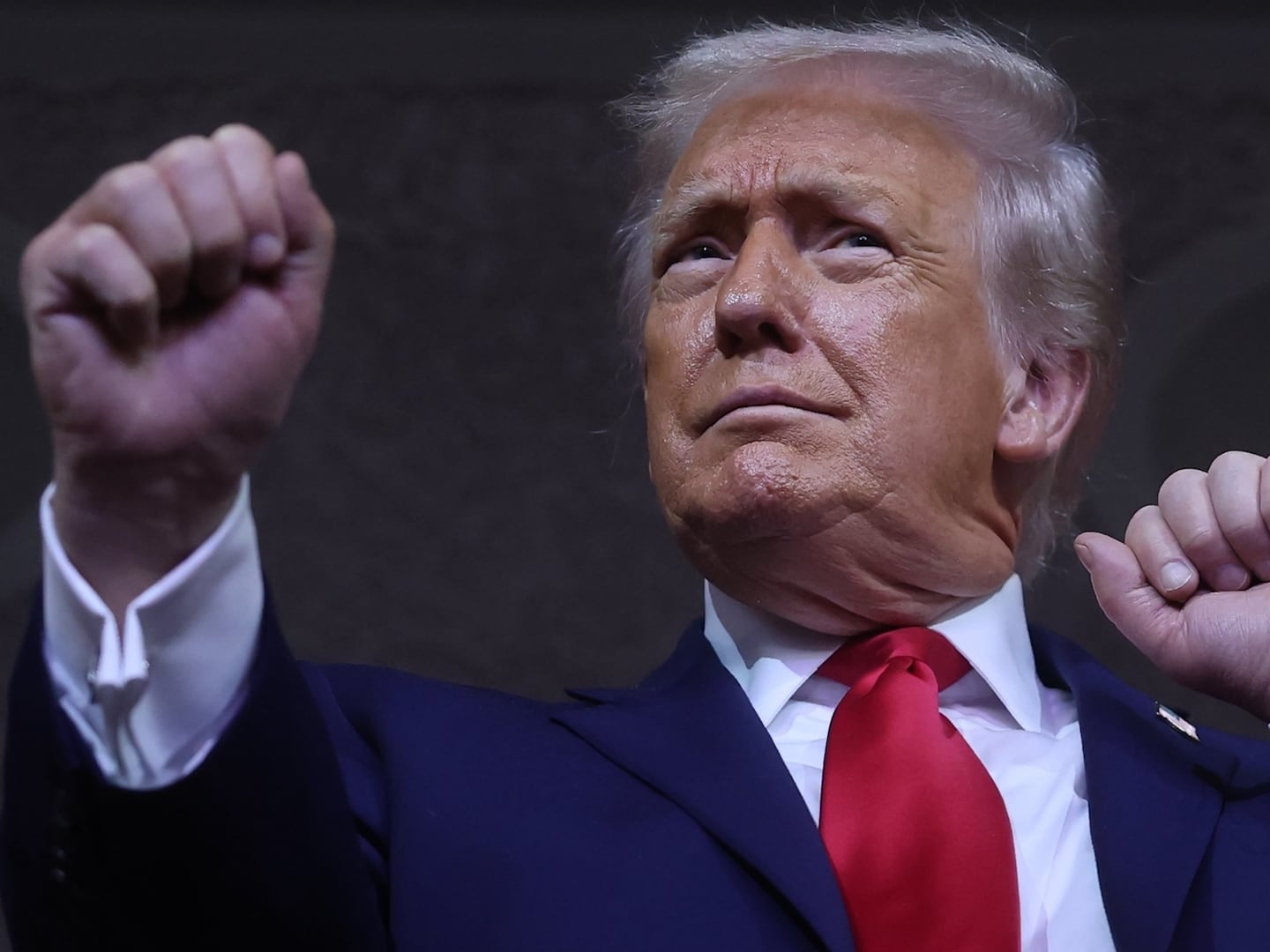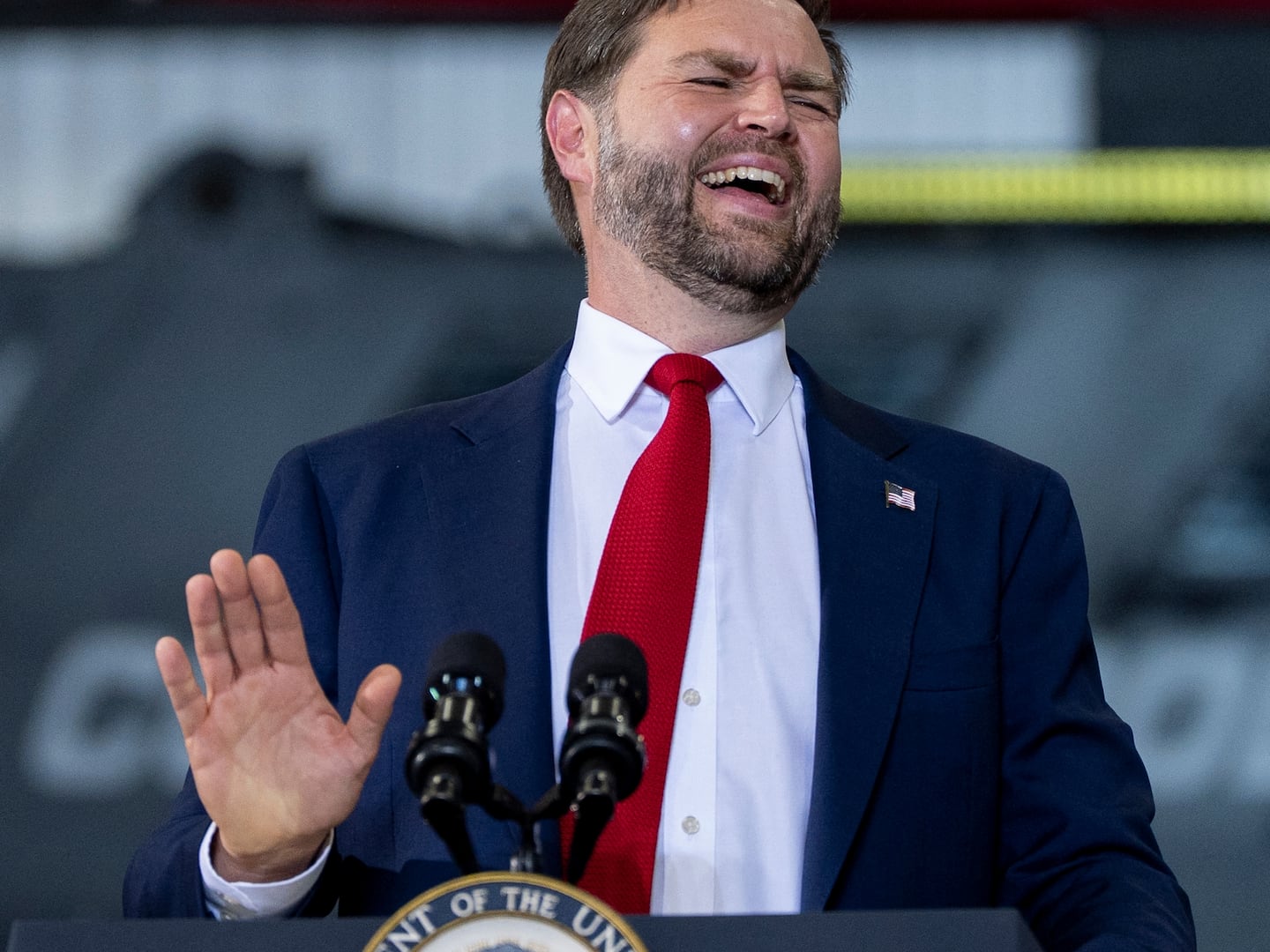One hundred fifty years ago, on Jan. 31, 1865, Congress passed the 13th Amendment to the Constitution banning slavery. This week also marks 165 years since Henry Clay introduced the 1850 Compromise trying to heal his divided country, 25 years since Nelson Mandela was freed from prison, and six years (and a week) since Barack Obama became the first African-American to deliver the State of the Union Address. And despite all the issues that still exist, these four points on history’s graph plot out a near-miraculous trajectory of racial progress. America’s race problem has been solved!
Ok, not quite. But the kind of leadership that has brought us this far is instructive.
If the Compromise of 1850 reflects how complicated it was to free America from the sin of slavery, the 13th Amendment reflects how sweeping and simple the cure had to be. Abraham Lincoln was correct: America could not endure half-slave and half-free. But slavery was as natural a part of Southerners’ lives as computers are to ours. This brutal dehumanizing institution so defined Southern identity that even the majority of Southerners who did not own slaves risked their lives to maintain it. Slavery was not a morally neutral economic arrangement. Many Southerners considered slavery sanctified by God, sanctioned by the Bible, recognized by the American Constitution.
Facing that challenge, the 1850 Compromise and the 13th Amendment’s passage seem to offer contrasting lessons regarding how to do politics. Lincoln’s radical abolition of slavery appears to justify the ideologue’s swift sword over the pragmatist’s dismal dithering. The slavery question’s moral clarity, and the radical surgery required to extract that institution from Southern life, would seem to encourage what today we would call my-way-or-the-highway Tea Party politics—or for balance, presidential leadership by executive order, and the heck with Congressional obstructionists.
In fact, the Compromise of 1850 failed, because it was a compromise in name only, while the 13th Amendment succeeded, thanks to Lincoln’s understanding of democratic gradualism, process, and compromise, in all their messiness.
When Henry Clay introduced an omnibus bill to break the impasse over slavery’s expansion following the Mexican War, the Great Compromiser sought a grand, defining compromise. Clay defined compromise as patriotic, “a work of mutual concession,” of “mutual sacrifice” on the “altar of our country.” Clay reinforced his nationalist appeal by waving a wooden fragment from George Washington’s coffin, ghoulishly imploring Americans not to destroy the Union Washington helped create.
This big bill failed. Southerners would not abide California entering the Union if it denied them their cherished freedom to enslave others there; Northerners would not abide allowing Southern slaveholders to hunt down what they called fugitives—what Northerners called runaways—in the free North.
Eventually, Senator Stephen A. Douglas organized shifting congressional coalitions to pass different parts of Clay’s program that reflected sectional differences not national concerns. Southerners supported the individual planks they liked, including the Fugitive Slave Act. Northerners advanced their agenda, accepting California as a free state and banning the slave trade, not slavery, in Washington DC.
The “Compromise of 1850” wasn’t. It failed to find common ground. Douglas did not build a national consensus. His package granted federal approval to actions each side abhorred. This was no patriotic reconciliation. It was a prelude to disaster. After federal troops returned one escaped slave from Boston to his master in Virginia, the textile tycoon and abolitionist leader Amos A. Lawrence would recall, “We went to bed one night old fashioned conservative, Compromise Union Whigs & waked up stark mad Abolitionists.”
Just because the Civil War was justifiable does not mean the war was inevitable. Many other countries’ regional tensions did not degenerate into bloodshed, just as other countries eliminated slavery legally and gradually, rather than abruptly and violently. Chronicling the many missteps during the next decade, starting with incompetent presidential leadership, challenges the method not the goal of abolishing slavery. Millard Fillmore, Franklin Pierce, and James Buchanan earned their ranking with the likes of Warren Harding as among America’s worst presidents.
Disney history celebrates Lincoln as the saintly superhero issuing the Emancipation Proclamation and ending slavery overnight; Steven Spielberg’s Lincoln more accurately captures the “Great Emancipator’s” excruciating, deliberate, ultimately successful approach. In 1852, Lincoln eulogized Clay’s faith in reason and patriotic trust in compromise. A decade later, as president, Lincoln carefully, cautiously, led the North from fighting for Union to fighting for freedom.
The Emancipation Proclamation in September 1862 was a daring but limited start. Still, issuing the Proclamation accelerated the change needed in Northern public opinion for the 13th Amendment to pass. Two years later, the House rejected the first attempt to enact a sweeping Constitutional amendment. A few months later, strengthened by his re-election, Lincoln built the kind of consensus Clay imagined and Douglas failed to forge in 1850. Invoking “the will of the people” he now cleverly redefined, Lincoln appealed to the lame-duck Congress convening in January 1865 to accept the inevitable, do the right thing, and help end the war quickly.
Lincoln enhanced the eloquent, cutting-edge nationalist moral leadership we always celebrate on his birthday with some old-fashioned horse-trading and politicking we should toast too. Lincoln empowered Charles Dana to woo pliable Democrats, with jobs if necessary. Dana considered Lincoln’s “little piece of side politics … one of the most judicious, humane, and wise uses of executive authority that I have ever assisted in or witnessed.” But some lame duck Congressional Democrats were indeed reasonable, and did the right thing. On Jan. 31, 1865, the House of Representatives passed the 47-word Amendment ending America’s Great Evil, 119 to 56.
Further proof that the bloody Civil War was not inevitable, and that leadership counts, came 125 years later on February 2, 1990, when South Africa’s President F.W. de Klerk released Nelson Mandela while also lifting the ban on certain anti-Apartheid political parties. Both de Klerk’s daring, and Mandela’s subsequent nonviolent activism made this dramatic transition remarkably peaceful. Mandela’s journey in American popular opinion from controversial radical to saintly moderate illustrates America’s newfound openness to venerating black heroes as well as our appreciation for moderates and peacemakers not just radicals and militarists.
In 1963, Martin Luther King, Jr., urged Americans to be “creative extremists.” He understood that moderates risk being so reasonable they become complacent, while radicals risk being so angry they become unreasonable. In 2008, Barack Obama called for patriotic critics who reject complacency but embrace their country. When shaping a democratic political agenda, regarding race or any serious subject, we need that kind of balance, that kind of muscular moderation. For any democratic country to progress, a combination of radicals and moderates is necessary, led by consensus-builders at the top. We—and especially our leaders, on both sides of the aisle, at both ends of Pennsylvania Avenue—should heed Clay’s calls for patriotic compromise, follow Lincoln’s tactics of constructive pragmatic leadership, and honor Nelson Mandela’s post-1990 example of principled, peaceful resolve, as we all worship at the altar of our country by striving to perfect it.





